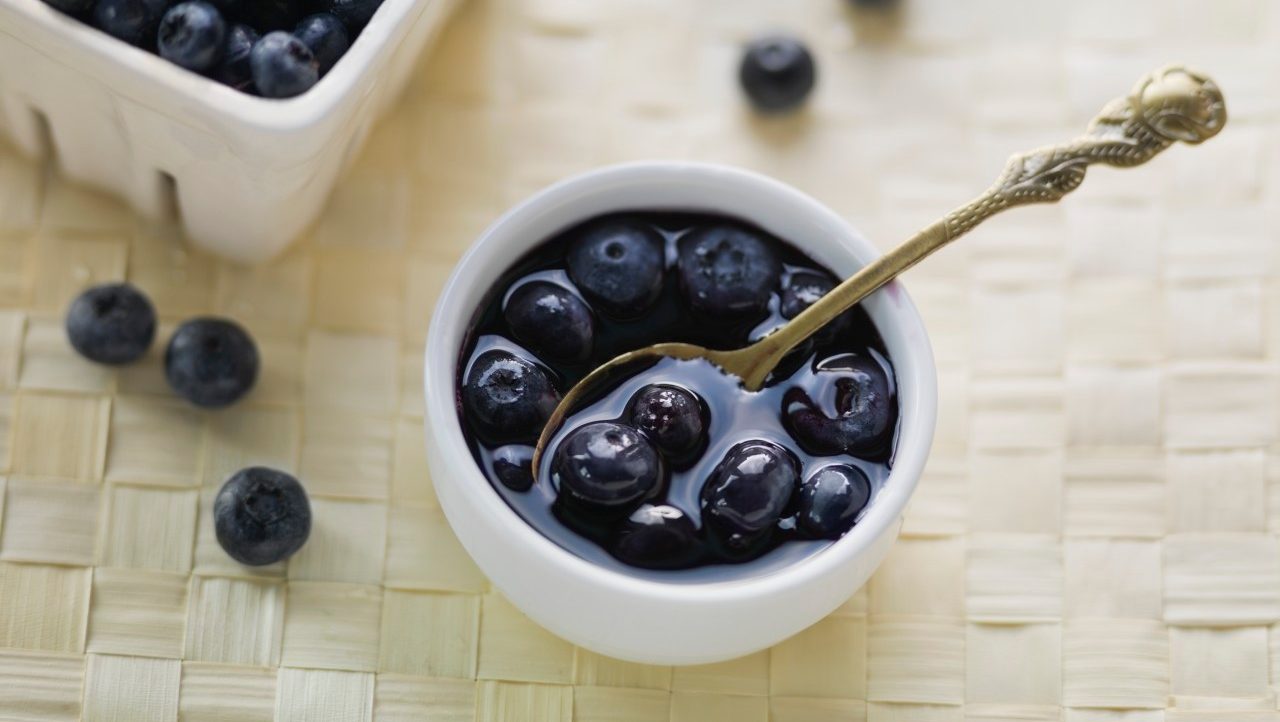What Do “Healthy” and “Natural” Mean?

The FDA has been working for years to establish better definitions of "healthy" and "natural" — common and widely inaccurate — terms on food labels.
When companies put the labels “healthy” or “all natural” on a food product, they want you to feel that you’re taking care of yourself. But the terms have historically meant very little, and, overall, you’d be better off eating food that isn’t processed.
Nutrition science has changed over the decades since the Food and Drug Administration (FDA) defined “healthy” in 1994. The agency has proposed a rule designed to identify “nutrient-dense foods that help consumers to build a diet consistent with current dietary recommendations.”
YOU MIGHT ALSO LIKE: Dietary Guidelines for Americans Through 2025
Products that could qualify as “Healthy” under the proposed rule
Raw whole fruits and vegetables would automatically qualify for the “healthy” claim. Other products would need to contain a certain amount of fruit, vegetables, grains, dairy, or protein and fall within limits for added sugars, saturated fat, and sodium.
For example, a 6-oz yogurt with no more than 230 mg of sodium and 2.5 g of added sugars could be labeled “healthy.” So could a packet of trail mix with an eighth cup of dried fruit and a quarter ounce of nuts — as long it contains no added sugars and meets the sodium limit.
A packaged salmon dinner would qualify if it stayed within limits for saturated fat, sodium, and added sugars.
The agency is looking for a symbol that would represent healthy to make those desirable foods stand out on a supermarket shelf. Evidence suggests consumers respond more to graphics than text.
Back in 1994, the FDA concluded that manufacturers could use the term “healthy” for products low in fat, saturated fat, cholesterol, and sodium, with certain amounts of vitamins and minerals. Whether a product had been sweetened didn’t matter, so a super-sweet breakfast cereal or low-fat pudding could carry the label, but a bag of unsalted nuts, which contains saturated fat, could not.
That’s no longer the case.
Eat less added sugars
The FDA has already changed the standard nutrition label to help Americans move towards eating fewer calories and less added sugar. Nutritionists say sweetened soda, for example, is promoting obesity, especially among children. Americans drink more soda per person than people in any other country besides Argentina.
Research suggests that you should have no more than 25 grams (about six teaspoons) of added sugars a day, with no more than one sugar sweetened soda a week.
A 12-oz can of Coca-Cola contains 39 grams of added sugars in its 140 calories. That isn’t likely to win a “healthy” label. The company also offers Diet and Zero Sugar products.
You’d be surprised at all the sugar added to foods that don’t seem to need it. For example, you’ll find 7 grams of high-fructose corn syrup in a serving of Mott’s traditional applesauce, plus sugar from the apples. That high-fructose corn syrup represents 14 percent of your daily allowance of added sugars. In the company’s no-sugar-added version, you’ll get 8 grams of sugar from the apples and nothing else.
By contrast, a medium-size apple might contain 19 grams of sugar, none of it from corn syrup, but twice as much fiber, which is essential to a healthy diet.
A McDonald’s Big Mac also contains 7 grams of added sugar, plus two more grams of sugar in the food itself. (A teaspoon of sugar is equal to about 4 grams.) A Filet of Fish has 4 grams of added sugar, plus another gram.
Sugar labels
Look for “No added sugars,” which means that processing didn’t add cane sugar, honey, fruit juice concentrate, or corn syrup. The FDA permits the label on foods like ice cream and tomato sauce, which typically do have added sugars.
“Reduced sugar” means that the food has at least 25 percent less sugar than a comparable product.
A “sugar-free” product could contain a sugar substitute like stevia or sucralose.
What does “Natural” mean?
The agency has requested comments on the label “natural,” which for now means the product doesn’t contain artificial or synthetic additives, including colors, that wouldn’t normally be expected in that food.
That doesn’t mean the food is healthier than another option. The Department of Agriculture has gone a bit further, distinguishing “natural” from “organic.” It has ruled that natural products can be minimally processed.
For some time, companies have been sued over possible false labeling when they use the word “natural.” Dole ran into trouble for packaged fruits containing citric acid. Snapple Juice ditched high-fructose corn syrup back in 2009 after a lawsuit.
In the meantime, don’t blindly trust packaging that shouts “natural” or “healthy.” Read the ingredients and nutrition label. Better yet, go easy on any packaged, processed food.
Many, if not most, Americans do not have a healthy diet, but the trend has moved in the right direction. Your best bet is to eat more vegetables and fruits, striving for a plate full of bright colors. Cut back on sugar. Add in fish. Steer clear of processed meats.
If you’re regularly overindulging on sugar, be aware of the consequences. Sweets don’t just cause cavities and weight gain; they increase your risk of:
- Heart disease
- Cognitive problems
- Colon and pancreatic cancers
- Type 2 diabetes
- High blood pressure
- Kidney disease
- Liver disease
- Nerve damage
Artificial sweeteners aren’t a good idea, either. Eat an apple instead.
Updated:
September 19, 2023
Reviewed By:
Janet O’Dell